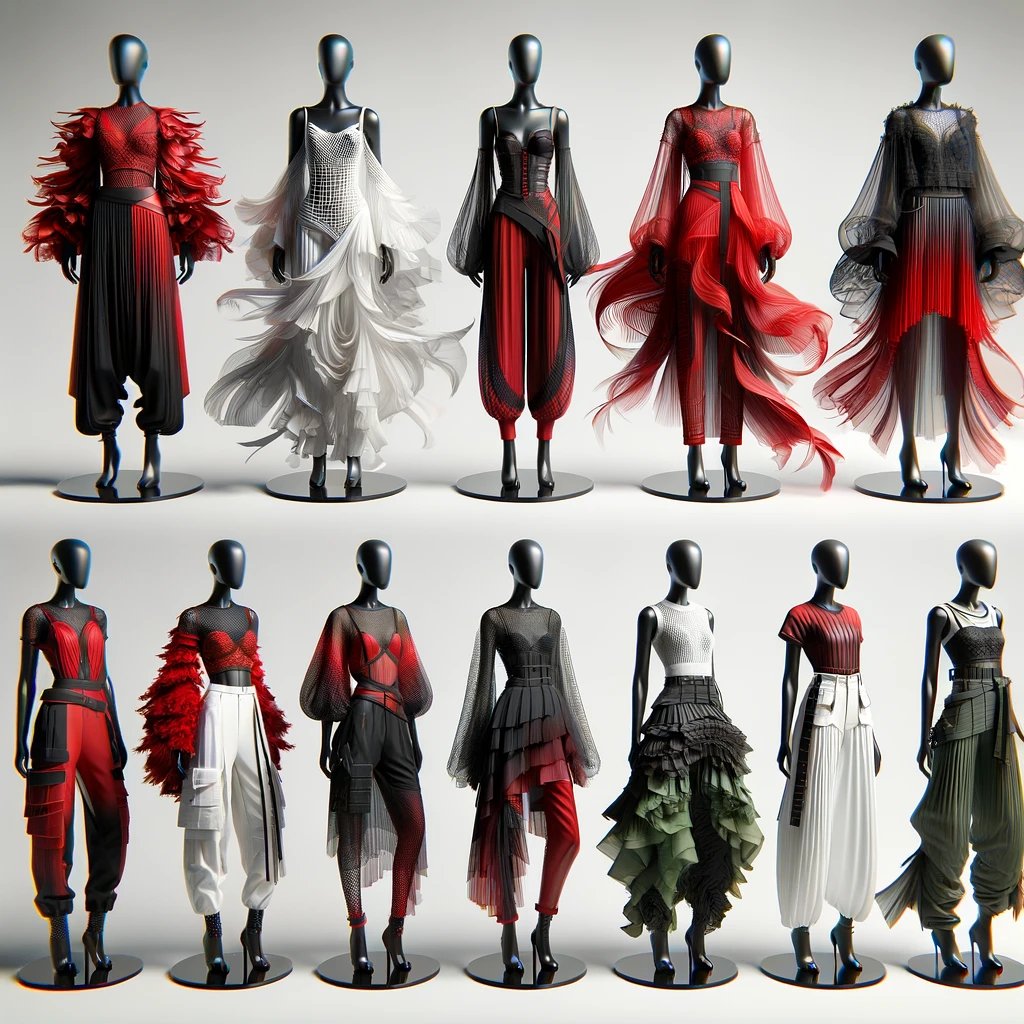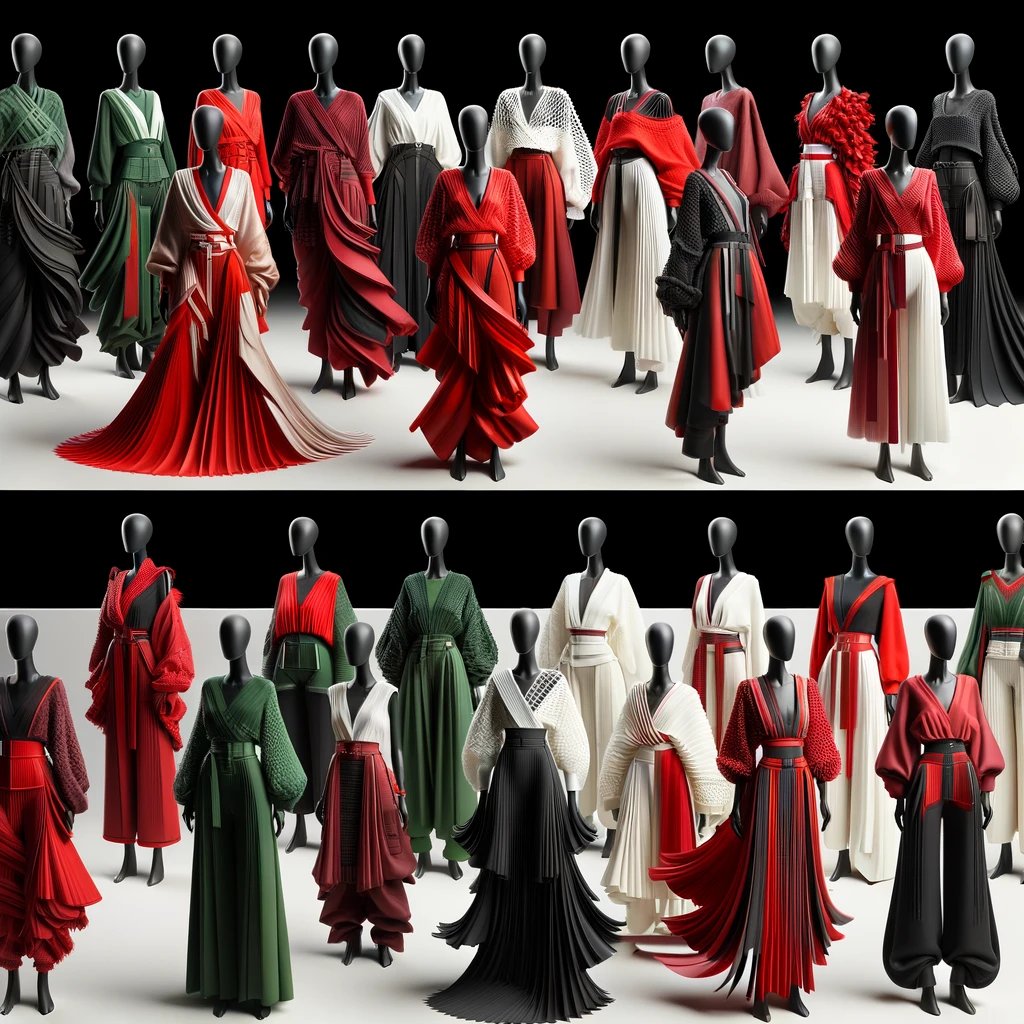How AI-Generated Texture Maps Are Changing 3D Design
The quest for realism and efficiency in 3D fashion design has led to significant advancements in texture mapping technology. The introduction of AI-generated texture maps, particularly through innovative platforms like Frontier.cool's TextileCloud™, marks a monumental shift in how designers approach fabric digitalization. This technology, powered by machine learning, is transforming the design process, making it faster, more creative, and environmentally sustainable.
Creativity with One Click
Frontier.cool's TextileCloud™ is at the forefront of this revolution. By converting 2D fabric images into 3D digital materials with just a few clicks, it eliminates the tedious manual work that has long plagued designers and brands. Frontier.cool’s proprietary Lasagna AI Engine analyzes fabric layers in 2D images and swiftly generates detailed 3D texture maps, which can then be downloaded as U3M, U3MA, and glTF files. This breakthrough allows designers to access realistic fabric textures compatible with leading 3D design tools such as CLO3D, Adobe, and Browzwear, making digital prototypes look and move like real fabrics.

The Power of AI in Texture Mapping
AI's role in texture map creation cannot be overstated. Traditional methods of creating digital fabric textures often involved laborious processes with physical samples. Now, AI algorithms can analyze high-resolution images of fabrics to understand their unique characteristics, such as weave patterns and sheen, and create dynamic, responsive textures that accurately mimic their real-world counterparts. This capability not only enhances the visual quality of digital designs but also significantly speeds up the design process.

Speed and Efficiency
The efficiency brought by AI to texture map creation is a game-changer for the fashion and textile industries. Designers can quickly visualize various fabric options on their designs, reducing the time spent in the conceptualization phase. This rapid iteration and modification process is invaluable in an industry where time is a critical factor.
Sustainability and Eco-Friendliness
One of the most significant impacts of AI-generated texture maps is on sustainability. By enabling accurate visualizations of how fabrics will look and behave on garments, AI helps designers make informed decisions early in the design process, reducing the need for physical prototypes and, consequently, material wastage. This not only cuts costs but also aligns with sustainable fashion practices by decreasing resource usage and the environmental footprint of fashion design.
A Global Network of Digital Fabrics
Frontier.cool stands out not just for its technology but also for its vast digital fabric library of hundreds of thousands of digital fabrics. This network, contributed by garment vendors, textile manufacturers, and digital design pioneers, facilitates rapid digital prototyping and cross-team collaboration. Designers can upload and share digital fabric collections in real-time, further enhancing the design process's speed and creativity.
Closing Thoughts
The advent of AI-generated texture maps represents a leap forward in digital design, offering unprecedented levels of realism, efficiency, and sustainability. Platforms like Frontier.cool's TextileCloud™ are leading this charge, providing tools that empower designers to unleash their creativity while addressing the fashion industry's environmental impact. As this technology continues to evolve, its potential to transform the digital design landscape is limitless, promising a future where design possibilities are bound only by the imagination.
In the dynamic realm of 3D design, staying abreast of such innovations is crucial for designers and brands aiming to lead in creativity and sustainability. AI-generated texture maps are not just a trend but a fundamental shift towards a more efficient, creative, and eco-friendly design process.
Learn more with an interactive demo!

COMMENTS